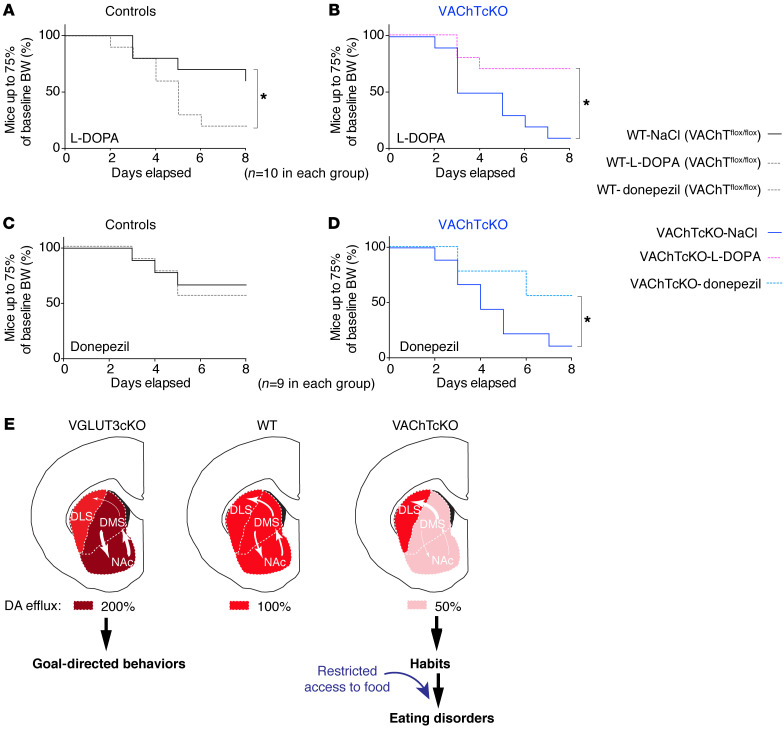Figure 7. Pharmacological modulation of ACh or DA neurotransmission reverses the self-starvation phenotype observed in VAChTcKO mice.
(A and B) Percentage of mice that reached critical weight threshold for control (n = 10) or VAChTcKO mice (n = 10) treated with saline or l-DOPA (15 mg/kg). A total of 9–10 were used in each group. (B and C) Chronic pharmacological treatment with donepezil (0.3 mg/kg). Percentage of mice that reached critical weight threshold for control (n = 10) or VAChTcKO mice (n = 10) treated with saline or donepezil. Note that donepezil was effective to reverse decreased food intake observed for VAChTcKO mice compared with saline-treated (NaCl-treated) VAChTcKO mice and had no effect on control mice. Kaplan-Meier test (A–D) and post hoc comparison with log-rank Mantel-Cox and Gehan-Breslow-Wilcoxon tests. *P < 0.05. (E) Hypothetical model. Subcompartments of the striatum: (i) nucleus accumbens (NAc), reward-guided behaviors; (ii) dorsomedial striatum (DMS; or caudate in human), goal-directed behaviors; and (iii) dorsolateral striatum (DLS; or putamen in human), habits. Transitions from the NAc to the DMS and then to the DLS parallel the transition from voluntary reward-seeking behavior to compulsive behaviors. These transitions are finely tuned by dopamine (12). In VGLUT3cKO mice, DA effluxes are increased in the NAc/DMS but unchanged in the DLS. VGLUT3cKO mice are resistant to habit formation and remain in goal-directed behaviors. In contrast, in VAChTcKO mice, DA transmission is reduced by about 50%–70% in the NAc/DMS but remains unaltered in the DLS. Imbalanced DA levels in the NAc/DMS versus the DLS lead to rapid transitions from goal-directed behaviors to habits. In control conditions, VAChTcKO mice feed normally. Stressful conditions (e.g., restricted access to food) precipitate maladaptive eating behaviors in VAChTcKO mice.

